From the farm: Calf training
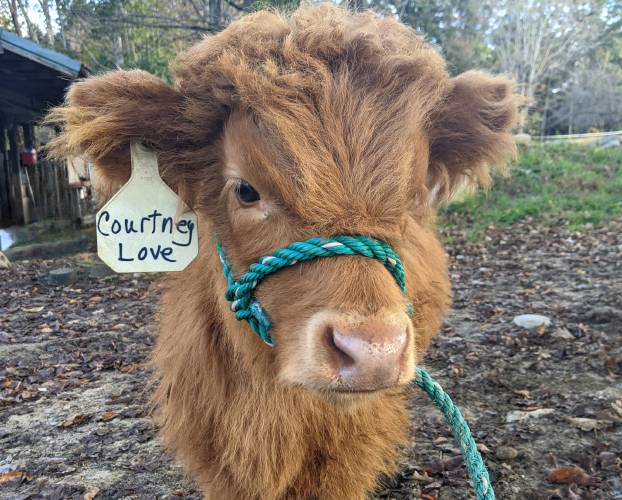
Calves have tantrums, too. Courtney Love will throw herself on the ground when she's tired of training. CAROLE SOULE / For the Monitor
| Published: 01-06-2024 4:00 PM |
Courtney, the calf, flopped down, legs stretched out, with her head flat on the ground. Her eyes followed Julie, the human, as she pulled on the lead rope while pleading with Courtney to get up. Courtney wouldn’t budge. I told Julie to leave her be and work with another calf.
Courtney wasn’t hurt or sick. She was throwing a tantrum, calf-style. Have you ever seen a toddler flop down, thrashing his legs, and pounding his fists on the ground? Calves throw tantrums in so many ways. Some leap in the air, others back up or shake their heads, and others, like Courtney, plop down and won’t get up.
That was training day for eight children and ten calves. Last fall, I spent 20 minutes explaining to the group (ages 8-14) how to control an untrained calf. Some kids pretended to listen but were most likely thinking about hugging the cute calves.
With fluffy hair and a white belt around their middle, untrained Belted Galloway calves are adorable – from a distance. These calves think of humans as scary two-legged creatures to run from. They only get cuddly after weeks of training with people who have learned to “speak bovine.”
Cow language does not include words. Humans talk – a lot. Words like “who’s a good calf?”, “I won’t hurt you” and “Don’t be afraid” are meaningless to a calf, even when spoken soothingly.
Even worse are the wrong actions. People will reach out to pet an untrained calf as a reward. But petting that calf is the opposite of a reward. The untrained calf thinks you’re an attacking predator, like a lion trying to sink its claws into a wildebeest, and will try to escape.
The best way to gain a calf’s trust is to act like a cow. Bend over, slowly walk to about a foot from the calf, then wait. The curious calf will stretch her head forward and sniff the top of your head. Then you must back off. Don’t reach for the calf. Act properly, and the calf will think, “Hmm, this is a strange-looking cow, but she speaks my language; maybe she’s OK.” A cow sniff is like a hug, so accept it graciously by backing off.
Repeat that many times over a few days, and you’re on your way to being a cow whisperer.
Article continues after...
Yesterday's Most Read Articles
 UNH faculty and students call on university police chief to resign following his alleged assault on a student
UNH faculty and students call on university police chief to resign following his alleged assault on a student
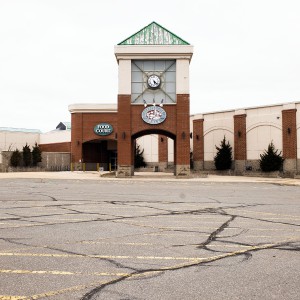 Steeplegate project to reopen to public comment as developer seeks to reduce required parking
Steeplegate project to reopen to public comment as developer seeks to reduce required parking
 Opinion: NH should support SB 553
Opinion: NH should support SB 553
 A turbulent 50-year history: Inside the rise and fall of a tiny Catholic college in Warner
A turbulent 50-year history: Inside the rise and fall of a tiny Catholic college in Warner
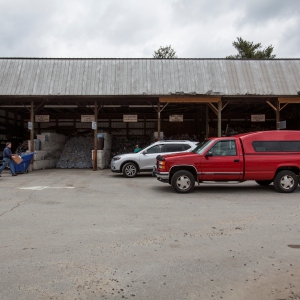 Hopkinton tries to nab out-of-town trash bandits
Hopkinton tries to nab out-of-town trash bandits
 Lawyers and lawmakers assert the Department of Education is on the verge of violating the law
Lawyers and lawmakers assert the Department of Education is on the verge of violating the law
Even after the calf accepts you, she still might, like Courtney, challenge your authority. Eventually, Courtney got tired of lying on the ground and got up. Julie led her a few steps before Courtney flopped down again. With persistence and patience, her trainer got Courtney to stop flopping and become a balanced, obedient heifer.
No matter how often I explain these moves to my students, the calves do the best training. She didn’t believe me when I told Julie that calves flop on the ground. Then she saw it in action and asked for my help. I advised, “Wait.” There is no forcing calves to do anything; it must be their idea.
Training children and calves is so similar!
Cow Coach Carole’s Words of Wisdom: Where you direct your gaze determines how you choose to see the world.
Carole Soule is co-owner of Miles Smith Farm (www.milessmithfarm.com), where she raises and sells beef, pork, eggs, and other local products. She can be reached at carolesoule60@gmail.com. Carole also coaches humans, helping them achieve the impossible a little at a time.


 Northeast Coffee Festival comes to Concord this weekend
Northeast Coffee Festival comes to Concord this weekend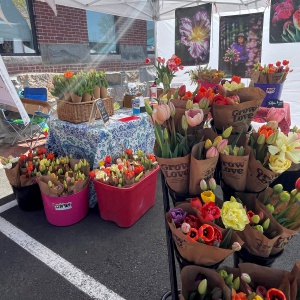 Henniker Handmade & Homegrown
Henniker Handmade & Homegrown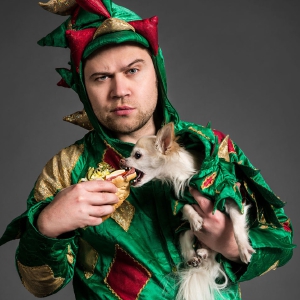 Colonial Theatre Laconia presents Piff the Magic Dragon
Colonial Theatre Laconia presents Piff the Magic Dragon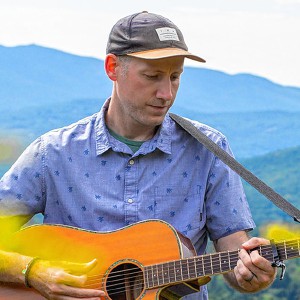 The Loft at Hermit Woods presents Pete Kilpatrick
The Loft at Hermit Woods presents Pete Kilpatrick 
